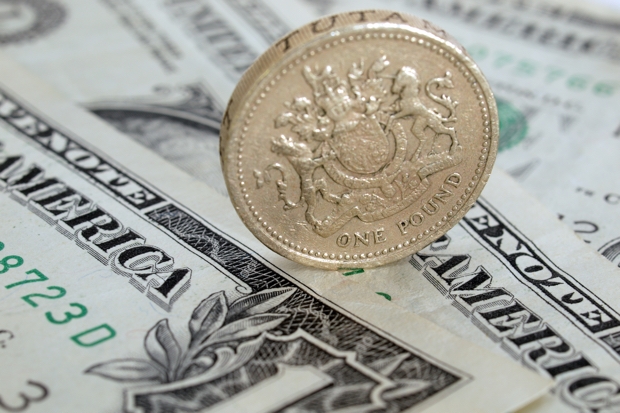One is growing at 2.9 percent, the other at 2.1 percent. In one retail sales are growing at 1 percent, in the other at 7.5 percent. In one wages are growing by 2.4 percent a year, in the other by 2.3 percent. In one, the establishment is coming to terms with a populist revolt against the elite. In the other, the establishment is, er, coming to terms with a populist revolt against the elite.
What are they? They are, of course, the US and the UK economies. What is remarkable right now is how similar the economic outlook is in both countries. True, there are some minor differences, with the Americans doing better on some measures, and the British on others. But from simply looking at the statistics, it is quite hard to tell them apart. Their performance is just about the same.
And yet, here is an odd thing. Tomorrow, 14 December, the Federal Reserve will almost certainly raise interest rates, for the second time this year. Over on this side of the Atlantic, the Bank of England cut rates in the summer, and shows absolutely no signs of raising them any time soon. There is more chance of Mark Carney appearing on Strictly next year than the Bank following the Fed with an upwards move in rates when it announces its latest decision on Thursday.
But if the US starts to normalise rates, that will influence the price of money globally. Increasingly, it will make less and less sense for the UK to be left behind. True, you can argue about whether the UK is ready for a rate rise. It has all the uncertainty around Brexit to contend with, although by now it should be clear to even the most die-hard Remainer there has been very little short term impact from that, and there probably won’t be much in the long-term either. You can argue that we are still recovering from the crash of 2008, that productivity growth is still miserable, and that inflation, despite this week’s rise to a hardly earth-shattering 1.2 percent, is still subdued. And you can argue as well that our recovery is too fragile, and debt levels too high, for the economy to withstand the shock of the first rate rise for close on a decade.
But two points are surely obvious to just about anyone.
The first is that the UK has come out of the ‘emergency’ of 2008 and 2009. The quarter point post-Brexit cut looks more and more like a mistake. In fact, with employment at record levels, house prices strong, and with the currency already weaker than usual, if this isn’t a reasonable moment to tweak rates upwards by a quarter of a percentage point, it is hard to imagine when the time ever will be right.
The second is that America remains the largest economy in the world, the dollar its most important currency, and the Fed rates sets the global benchmark for the cost of money. If the Fed manages to normalise rates at around the 2 percent to 3 percent mark, the pressure will become overwhelming for the UK to do the same eventually. It is hard to believe the UK can hold rates permanently at close to zero when they are back at normal levels in the US. The sooner we start that process the better – because if we leave it too late, then there will be some painful catching up to do later on.






Comments